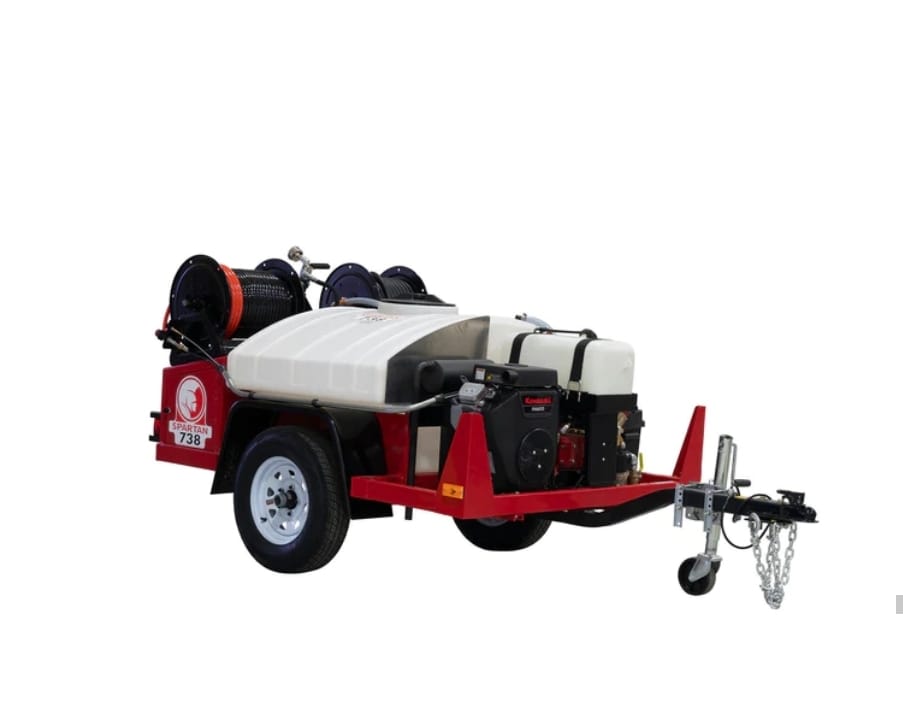Conquering Sewer Stoppage in Beaumont, Texas
Plumbing Solutions offers reliable and efficient sewer stoppage services in Beaumont, Texas, providing homeowners and businesses with fast solutions to resolve clogged or blocked sewer lines. Sewer stoppages can cause serious plumbing issues, including slow drains, unpleasant odors, and potential backups, leading to significant property damage. Our expert plumbers use advanced tools and techniques, such as hydro jetting and video camera inspections, to quickly diagnose the root cause of the blockage and clear the obstruction. Whether the problem is caused by tree roots, debris, grease buildup, or pipe damage, Plumbing Solutions has the expertise to restore proper flow and prevent future sewer stoppages. We are committed to delivering high-quality service with minimal disruption to your property, offering affordable rates and prompt response times for both emergency and routine service calls. With years of experience serving Beaumont and the surrounding areas, Plumbing Solutions is your trusted partner for reliable sewer stoppage services that ensure your plumbing system is functioning at its best. Contact us today for fast, effective, and professional sewer stoppage solutions!

Key Features of Handling Sewer Stoppage
-
Advanced Diagnosis: Professional plumbers use advanced tools, such as video camera inspections, to accurately locate the source of the blockage and determine the most effective solution.
-
Effective Clearing Methods: Techniques like hydro jetting, drain snaking, or mechanical augers are employed to clear stubborn blockages, such as tree roots, debris, grease buildup, or foreign objects.
-
Quick Response: Emergency sewer stoppage services are available, ensuring that any backups or slow drainage issues are addressed promptly to minimize damage and inconvenience.
-
Thorough Cleaning: After clearing the blockage, plumbers ensure the sewer line is thoroughly cleaned to restore optimal flow and prevent future clogs.
-
Prevention of Further Issues: Professional handling of sewer stoppages often includes preventive measures, such as recommendations for regular maintenance or pipe inspections, to reduce the risk of future blockages.